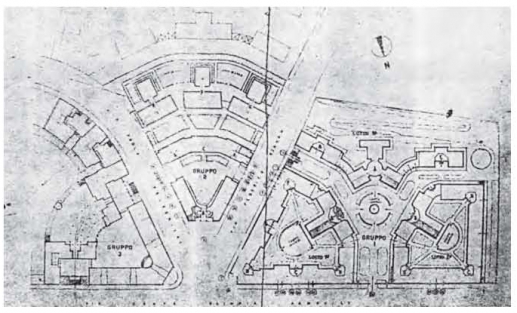Rooman laitakaupungin enigma – Via Donna Olimpian sosiaalisen asunto-tuotannon historia / Enigma of the Roman Suburb – The social habitation quarter in the Via Donna Olimpia
Anu Kaisa Koponen

Abstract
This study describes the rise of the biggest social habitation quarter in Rome from the 1920s to the 1950s. The first phase (Via Donna Olimpia 30) was designed by architect Innocenzo Sabbatini and it was not aimed at only to the lower middle-class (popolari) but for the first time also for the poor (popolarissime) in the Body of Social housing of the City of Rome (Istituto Case Popolari = ICP). In the middle of this first construction phase the fascist regime took the power in the ICP and finally defined new architectural aesthetics. This change in power became visualized in two different architectural styles reflecting both Neo Baroque architecture and modern architectural aesthetics. Two later phases were designed by architect Pietro Sforza under the fascist regime and post-war era in modern architectural language with allusions to classical architecture. Consequently, the architecture of the social housing district of Donna Olimpia visualizes dramatic turns of Italian political and social history. This article in Finnish and its forthcoming versions in English and Italian aim to draw attention to this interesting district which has remained unnoticed in architectural history still today.
Koponen, A. K. “Rooman laitakaupungin enigma – Via Donna Olimpian sosiaalisen asunto-tuotannon historia / Enigma of the Roman Suburb – The social habitation quarter of Via Donna Olimpia”. In Kuin kissat Largo Argentiinalla: flaneerausta ja assimilaatiota kaupunkitilassa – Aino Niskasen juhlakirja, edited by N. Böök, J. Heikonen, A. Nissi and K. Vesikansa, 128 -145. Espoo: Aalto-yliopiston Arkkitehtuurin historian juhlakirjatoimitus, 2018.


